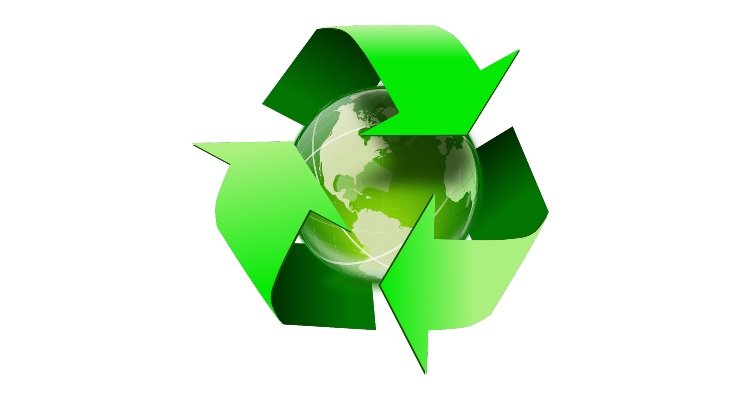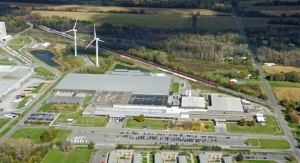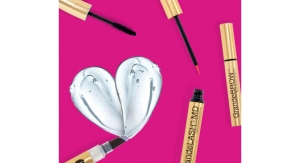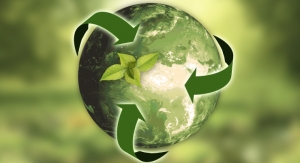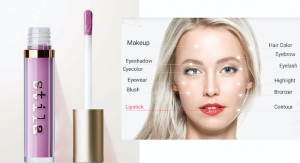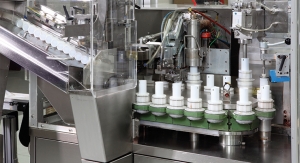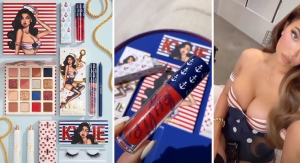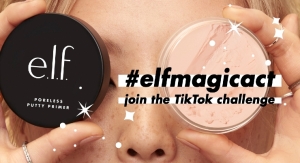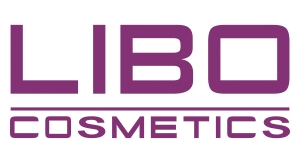Beauty Packaging Staff07.10.20
Werner & Mertz and Beiersdorf, in partnership with the Fraunhofer Institute for Process Engineering and Packaging (IVV), have developed a new standard to use mechanically recycled waste plastic.
The two companies, together with the Institute, compared data about existing recyclates on the European market with the requirements for cosmetic packaging. This made it possible to define a standard that would help recycling companies and manufacturers.
According to the findings of the study, the manufacturers of cosmetic products should aim to design plastic packaging in a way that it consists of high-quality material that can be recycled. The idea of recyclability should be taken into account also in the design of the packaging: for example, by using mono-materials instead of mixed materials, sustainable printing inks, removable labels as well as easy to detach packaging components to allow separation during the recycling process.
“With our joint work, we have proven that mechanical recycling is a viable route for high-quality secondary plastic materials. Our findings are forward-looking and intended to give all players more security. If many companies follow our example, demand will be increased, which will accelerate investments in processing plants and make the repeated use of plastic waste more economical. This then benefits not only the companies but protects our environment,” commented Immo Sander, head of packaging development, Werner & Mertz. “In Beiersdorf we have found a strong cooperation partner who shares our vision of an industry-wide use of recycled material.”
The results of the analysis will be published in the fall, Beiersdorf said.
The two companies, together with the Institute, compared data about existing recyclates on the European market with the requirements for cosmetic packaging. This made it possible to define a standard that would help recycling companies and manufacturers.
According to the findings of the study, the manufacturers of cosmetic products should aim to design plastic packaging in a way that it consists of high-quality material that can be recycled. The idea of recyclability should be taken into account also in the design of the packaging: for example, by using mono-materials instead of mixed materials, sustainable printing inks, removable labels as well as easy to detach packaging components to allow separation during the recycling process.
“With our joint work, we have proven that mechanical recycling is a viable route for high-quality secondary plastic materials. Our findings are forward-looking and intended to give all players more security. If many companies follow our example, demand will be increased, which will accelerate investments in processing plants and make the repeated use of plastic waste more economical. This then benefits not only the companies but protects our environment,” commented Immo Sander, head of packaging development, Werner & Mertz. “In Beiersdorf we have found a strong cooperation partner who shares our vision of an industry-wide use of recycled material.”
The results of the analysis will be published in the fall, Beiersdorf said.

